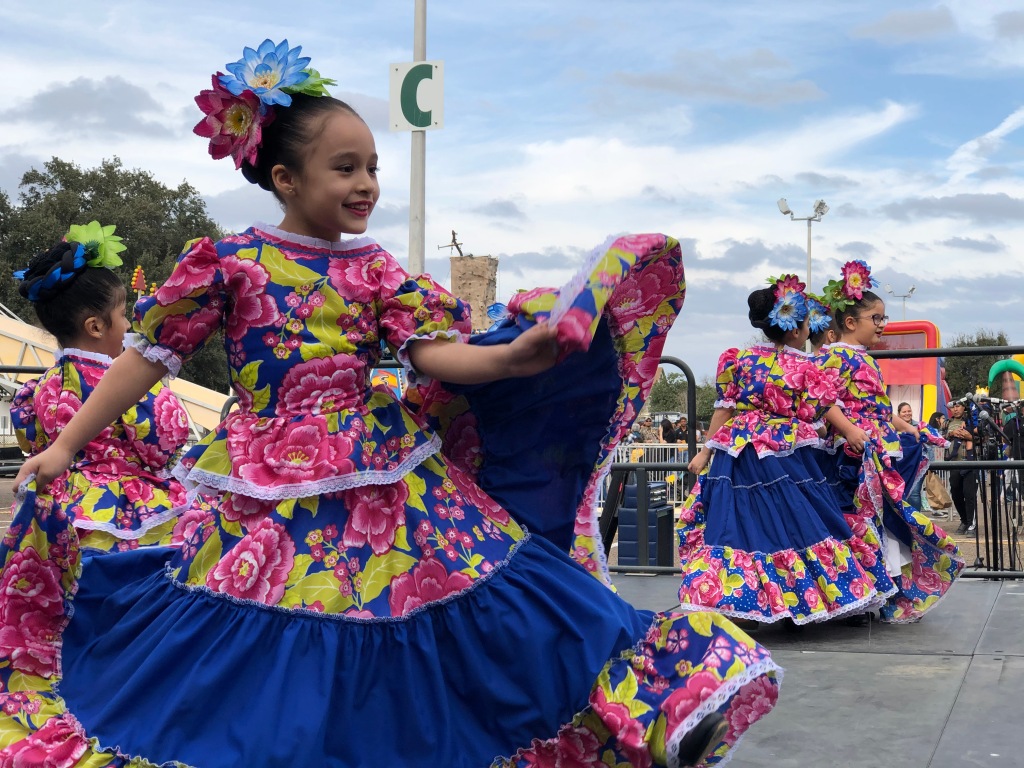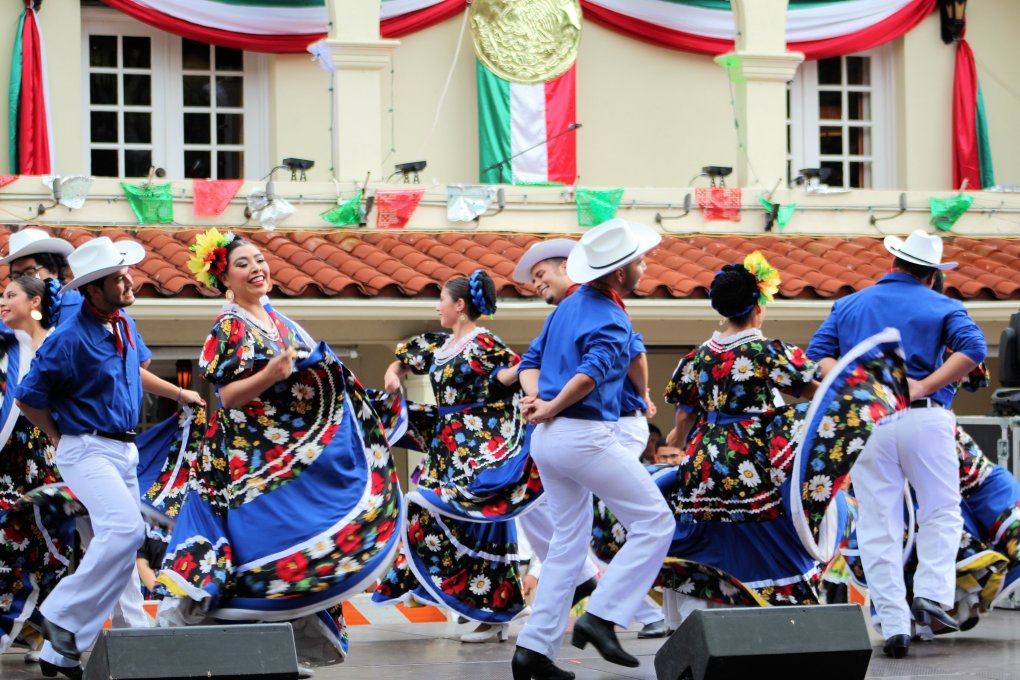What does it mean to speak with the dancing body?
That is a question I was posed my first quarter as a graduate student at the University of California, Riverside. Yes, we discussed, debated this issue and even analyzed writings by current scholars. Yet, it was until I began my own research that I found that Nellie and Gloria Campobello, two Mexican dance maestras, had already begun this conversation in 1940.
Nellie and Gloria Campobello
Nellie Campobello was born in 1900 while Gloria Campobello was born in 1911. Nellie would later write a book of poems called Cartucho: Relatos de la Lucha en el Norte de México (1931) describing her experiences of having lived through the Mexican Revolution. Both sisters investigated Indigenous dances, taught in the Cultural Missions and were employed as teachers in the National Music and Dance Section of the Department of Fine Arts of the Secretary of Public Education. Later on, the Campobello sisters would be instrumental in forming the National Ballet of Mexico with Gloria becoming known as Mexico’s first prima ballerina.
To read more on the Campobellos please read my blog posts: Dancing our Gender within Folklorico Dance
Speaking with the Body
In the book Ritmos Indígenas de México (1940), the Campobellos argue that for the indigenouos people, movement is the principal form of expression. They have their own distinct ways of speaking, moving, and gesturing that parallels language. The Campobellos declare that the indigenous people speak more with the body than with their tongue. They advocate observing the indigenous people as they dance to understand their rhythms. Body movement is a sacred language to the indigenous people. The Campobellos believe that through the analysis of movement you learn their secret beauty and pain inscribed in every movement (12-13). Let’s take the Campobello’s arguments a bit further. How does folklorico dance speak with the body?
Nowadays, Dance scholars believe that through a careful study of dance movements, you can understand the joy, pain, cultural, and even political stance of a people. So, we must analyze every zapateado, skirt flourish, even grito to hear the dancing body.
These groundbreaking ideas espoused by the Campobellos in 1940 are utilized by Dance scholars today when we study dance. Sixty-seven years after the Campobellos wrote Ritmos Indígenas de México, Diana Taylor argues the same ideas in her book The Archive and the Repertoire: Performing Cultural Memory in the Americas (2007). Here, she writes of the importance the indigenous people placed on the body to re-tell histories. She also declares we must all study the dancing body because the body is an archive that stores and disseminates memories, a sense of our identity, and our social knowledge (Taylor 2-3). So, our folklorico dances retain within their zapateados and movements memories of our ancestor’s histories. When we dance we tell stories of our identity and reveal our society’s customs.
How do we speak with our dancing bodies?

Barbara Browning in Samba: Resistance in Motion(1995) compares dance to a form of “bodily dialogue” in which many bodily meanings are spoken simultaneously and in different languages (2). Think about that, when we dance folklórico our body has many meaning that are spoken on multiple levels, at different tempos and rhythms. What are we saying when we dance? It is up to us to think, study, and analyze these movements to find out what they are telling us.
My Thoughts
The Campobellos wrote about indigenous people and the ways in which dance made meaning for them. Yet, their ideas can be applied to all dance forms. Perhaps we should really sit back listen to our zapateados, hear the music, and connect with oral/written histories to really understand what our dances are saying. What do our folklórico dances say about us as a people? What do they say about our histories? What would it mean to us if we really listen to our dancing bodies and allow them to speak? Without saying a single word, our folklorico dancing bodies tell us so much.
Works Cited
Campobello, Nellie. 1940. Cartucho: Relatos de la Lucha en el Norte de México. México: E.D.I.A.P.S.A.
Campobello, Nellie and Gloria Campobello. 1940. Ritmos Indígenas de México. México.
Taylor, Diana. 2003. The Archive and the Repertoire: Performing Cultural Memory in the Americas. Durham: Duke University Press.
Photos courtesy of Gabriela Mendoza-Garcia
Copyright, 3/1/2020, Mendoza-Garcia

Gabriela Mendoza-García Ph.D. is an Artist and Scholar. She has her own dance school and company called the Gabriela Mendoza-García Ballet Folklórico in Laredo, Texas. Dr. Mendoza-Garcia founded this group in 2013 and teaches children and adults of all ages. Her company consists of seasoned folklórico dancers with years of experience performing this art form. She teaches traditional Mexican folklórico dance pieces, as well as, works that are inspired by her scholarly research. Her scholarship includes: Dancing throughout Mexican History (1325-1910), History & Folklore booklet with an accompanying documentary sponsored by the Webb County Heritage Foundation, The Jarabe Tapatío: Imagining Race, Nation, Class and Gender in 1920s Mexico published by Oxford University Press, an on-line blog, writings for Asociación Nacional de Grupos Folklóricos, and others.



One thought on “Dancing Folklorico: A Way of Speaking with the Body”